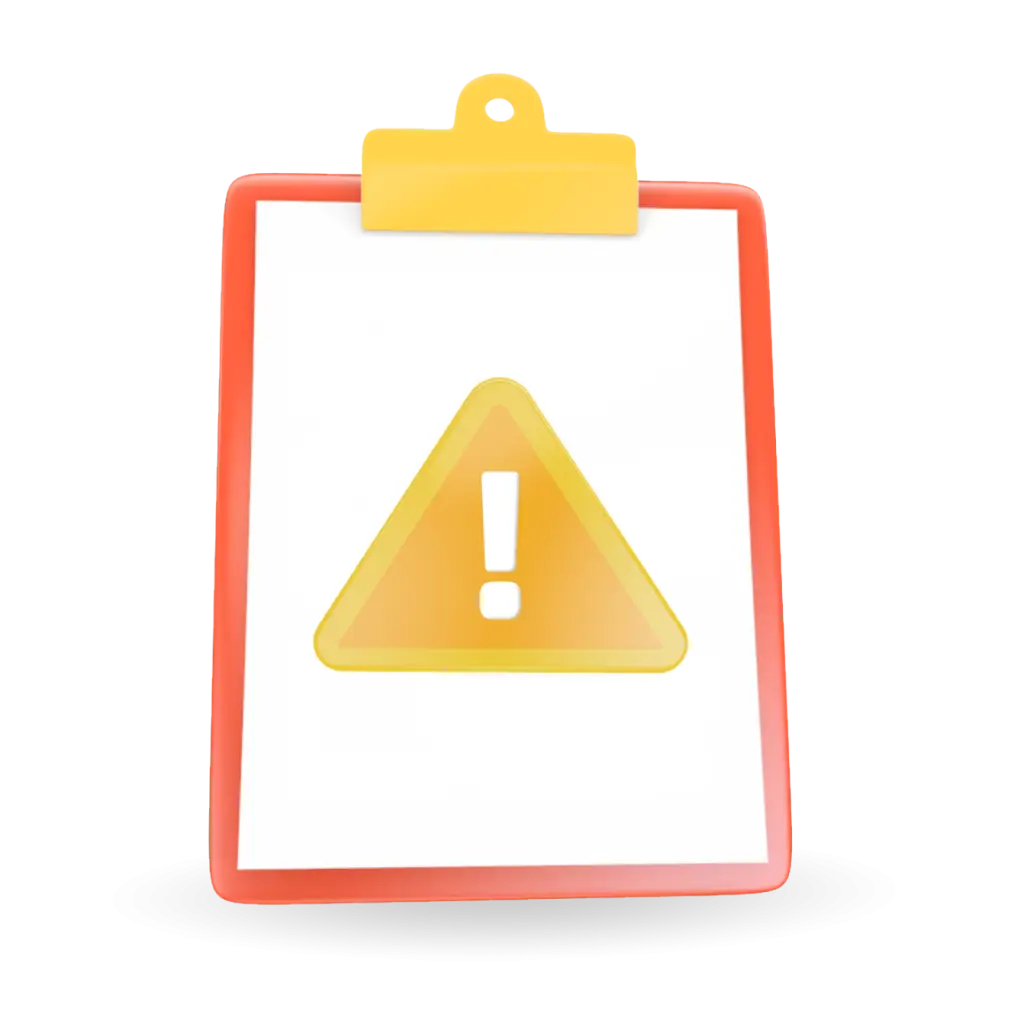Letter of Demand
A legal document that demands the resolution of an outstanding obligation (such as a loan repayment) on your terms in a legally sound and convincing way.

Me2You: Your Solution for Letters of Demand
Me2You offers a seamless mobile experience to create and manage your Letters of Demand.
Easy Selection
Choose our professionally crafted template designed for personal loans.
Effortless Customization
Tailor the letter to your specific demands and terms.
Secure Distribution & Signing
Send the agreement directly through the app for a secure record of of the letter and its transmission.
Safe Storage
Access your signed agreements anytime, anywhere within the Me2You app.
Don’t let yourself be taken advantage of due to a lack of action! Download Me2You today and experience the peace of mind that comes with a clear, legally sound letter of demand.
What is a Letter of Demand?
A letter of demand, often referred to simply as a “demand letter,” is a formal letter sent by one party (the claimant or creditor) to another party (the debtor or party in default) demanding payment or action to rectify a breach of contract or other legal obligation.
Here’s a breakdown of its key characteristics and purposes:
Key Characteristics of a Letter of Demand
Formal and Written: It’s a professional document, usually sent via mail (often registered or certified) or email, creating a clear record.
Identifies Parties and Obligation: Clearly states who is demanding what from whom, and what the basis of the demand is (e.g., unpaid invoice, breach of contract, personal injury).
Quantifies the Demand: Specifies the exact amount of money owed, or the precise action required.


Sets a Deadline: Gives the recipient a specific timeframe (e.g., 7, 14, or 30 days) to comply before further legal action is taken.
States Consequences of Non-Compliance: Warns the recipient of the legal steps that will be pursued if the demand is not met (e.g., filing a lawsuit, pursuing debt collection, reporting to credit bureaus).
Often “Without Prejudice” (but not always): Sometimes marked “without prejudice” to encourage settlement discussions, meaning the letter cannot be used as an admission of liability in court if negotiations fail. However, this is not always the case, especially if it’s a straightforward demand for an undisputed debt.
Purposes of a Letter of Demand

Formal Notification
It serves as an official notice to the defaulting party that a claim exists and that the claimant intends to pursue it.
Attempt to Resolve Without Litigation
The primary goal is often to resolve the dispute amicably and avoid the time, expense, and stress of court proceedings. It can prompt the debtor to pay or negotiate a settlement.
Demonstrate Good Faith
In many jurisdictions, sending a letter of demand is a prerequisite before commencing legal action. It shows the court that the claimant attempted to resolve the matter out of court.
Clarify the Debt/Dispute
It precisely outlines the nature of the claim, preventing the defaulting party from later claiming they were unaware of the details or the amount owed.
Stop the Clock on Limitation Periods
In some cases, sending a letter of demand can help to acknowledge a debt and reset or pause the running of a statute of limitations for bringing a claim.
Create a Record
It provides documented proof that a demand was made, when it was made, and what was demanded, which can be crucial evidence if the matter proceeds to court.
Signal Seriousness
It communicates that the claimant is serious about pursuing their rights and is prepared to take legal action if necessary.
When is a Letter of Demand Used?
Letters of demand are commonly used in various situations, including:
Unpaid Debts
For overdue invoices, loans, or other financial obligations.
Breach of Contract
When one party fails to uphold their obligations under a contract (e.g., failure to deliver goods, poor workmanship).
Personal Injury Claims
Demanding compensation for injuries sustained due to another’s negligence.
Property Disputes
Regarding damage to property, unpaid rent, or breach of lease agreements.
Consumer Disputes
When a consumer has received faulty goods or services and seeks a refund or remedy.
In essence, a letter of demand is a crucial first step in many legal disputes, designed to encourage a resolution before the need for more formal and costly legal proceedings arises.
What is a Letter of Demand?
A letter of demand, often referred to simply as a “demand letter,” is a formal letter sent by one party (the claimant or creditor) to another party (the debtor or party in default) demanding payment or action to rectify a breach of contract or other legal obligation.
Here’s a breakdown of its key characteristics and purposes:
Key Characteristics of a Letter of Demand
- Formal and Written: It’s a professional document, usually sent via mail (often registered or certified) or email, creating a clear record.
- Identifies Parties and Obligation: Clearly states who is demanding what from whom, and what the basis of the demand is (e.g., unpaid invoice, breach of contract, personal injury).
- Quantifies the Demand: Specifies the exact amount of money owed, or the precise action required.
- Sets a Deadline: Gives the recipient a specific timeframe (e.g., 7, 14, or 30 days) to comply before further legal action is taken.
- States Consequences of Non-Compliance: Warns the recipient of the legal steps that will be pursued if the demand is not met (e.g., filing a lawsuit, pursuing debt collection, reporting to credit bureaus).
- Often “Without Prejudice” (but not always): Sometimes marked “without prejudice” to encourage settlement discussions, meaning the letter cannot be used as an admission of liability in court if negotiations fail. However, this is not always the case, especially if it’s a straightforward demand for an undisputed debt.
Purposes of a Letter of Demand
- Formal Notification: It serves as an official notice to the defaulting party that a claim exists and that the claimant intends to pursue it.
- Attempt to Resolve Without Litigation: The primary goal is often to resolve the dispute amicably and avoid the time, expense, and stress of court proceedings. It can prompt the debtor to pay or negotiate a settlement.
- Demonstrate Good Faith: In many jurisdictions, sending a letter of demand is a prerequisite before commencing legal action. It shows the court that the claimant attempted to resolve the matter out of court.
- Clarify the Debt/Dispute: It precisely outlines the nature of the claim, preventing the defaulting party from later claiming they were unaware of the details or the amount owed.
- Stop the Clock on Limitation Periods: In some cases, sending a letter of demand can help to acknowledge a debt and reset or pause the running of a statute of limitations for bringing a claim.
- Create a Record: It provides documented proof that a demand was made, when it was made, and what was demanded, which can be crucial evidence if the matter proceeds to court.
- Signal Seriousness: It communicates that the claimant is serious about pursuing their rights and is prepared to take legal action if necessary.
When is a Letter of Demand Used?
Letters of demand are commonly used in various situations, including:
- Unpaid Debts: For overdue invoices, loans, or other financial obligations.
- Breach of Contract: When one party fails to uphold their obligations under a contract (e.g., failure to deliver goods, poor workmanship).
- Personal Injury Claims: Demanding compensation for injuries sustained due to another’s negligence.
- Property Disputes: Regarding damage to property, unpaid rent, or breach of lease agreements.
- Consumer Disputes: When a consumer has received faulty goods or services and seeks a refund or remedy.
In essence, a letter of demand is a crucial first step in many legal disputes, designed to encourage a resolution before the need for more formal and costly legal proceedings arises.
Register your interest with us today
Stay in the loop! Enter your email address below to register your interest and be the first to receive updates and important announcements.

